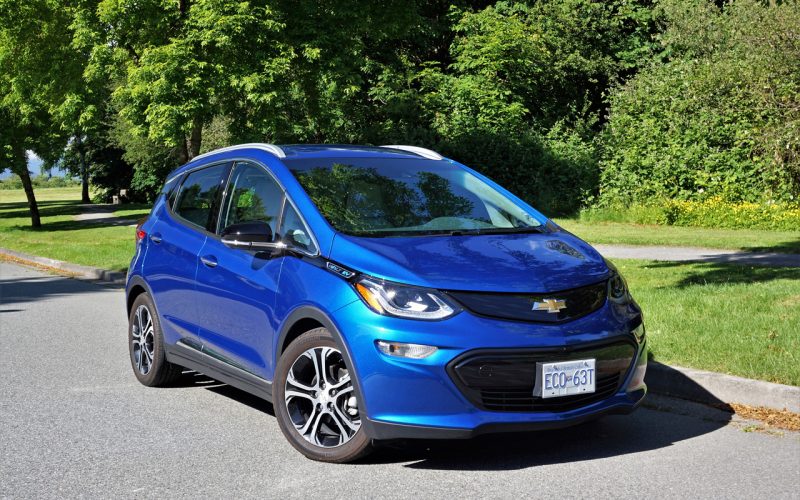
Reading Time: 5 minutesIt should come as little surprise that Chevrolet’s new Bolt EV is now the best-selling electric
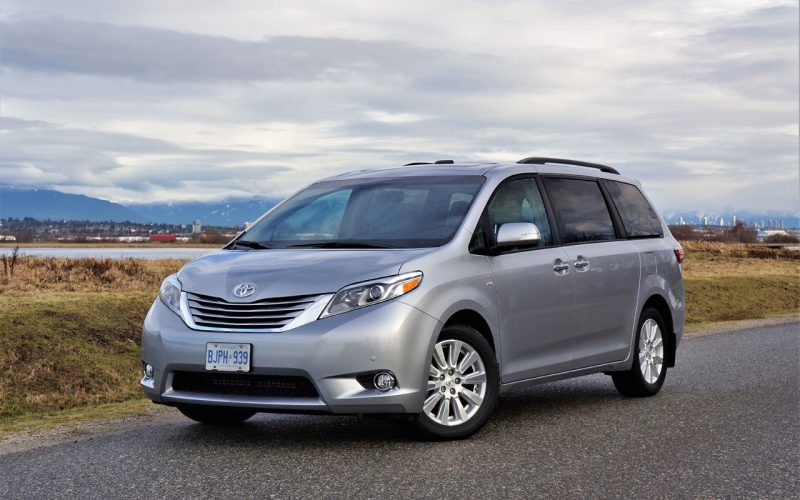
Reading Time: 6 minutesI remember when this third-generation 2011 Sienna was brand new, and in sporty SE trim it
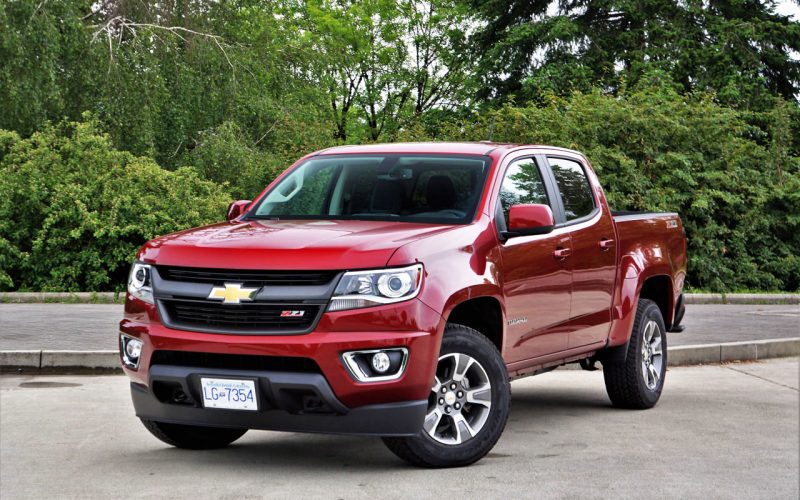
Reading Time: 7 minutesJust how competitive are GM’s new Chevrolet Colorado and GMC Canyon mid-size pickup trucks on the
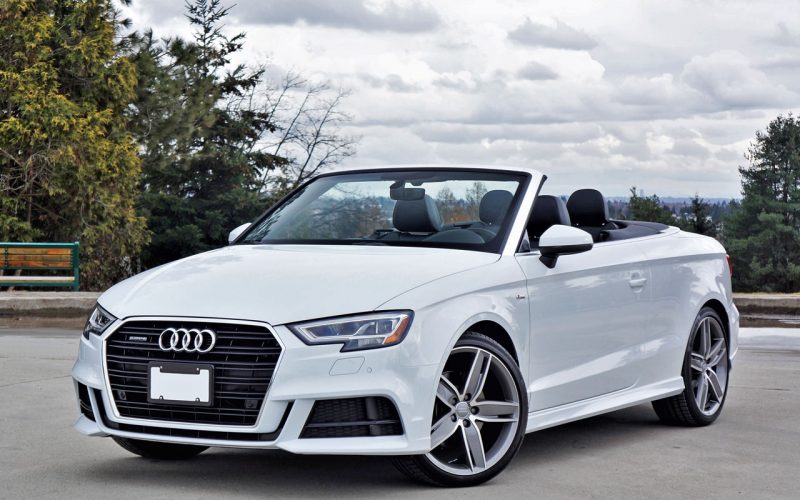
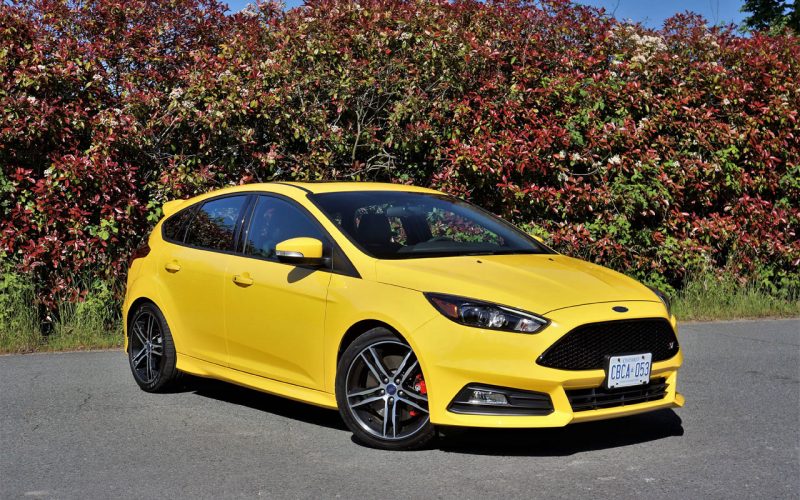
Reading Time: 6 minutesThe original Focus ST dates back to the model’s first-generation when it became the blue-oval brand’s
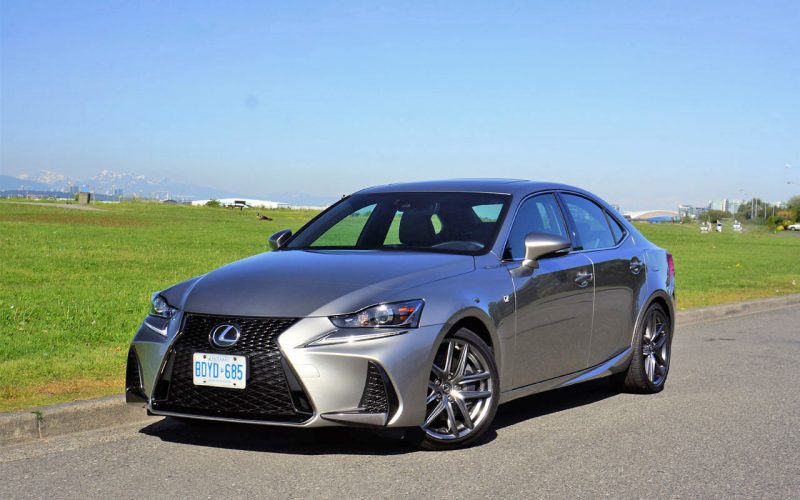
Reading Time: 7 minutesI’m always fascinated by how different the Canadian market is from our friends to the south.
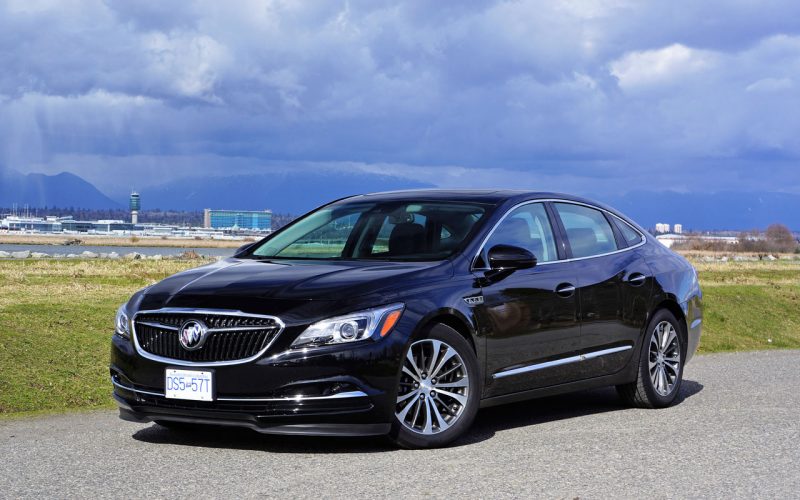
Reading Time: 6 minutesIf you were to ask most car shoppers to name the top three most reliable brands
© 2025 The Car Magazine. All Rights Reserved, Privacy Policy | Terms of Use